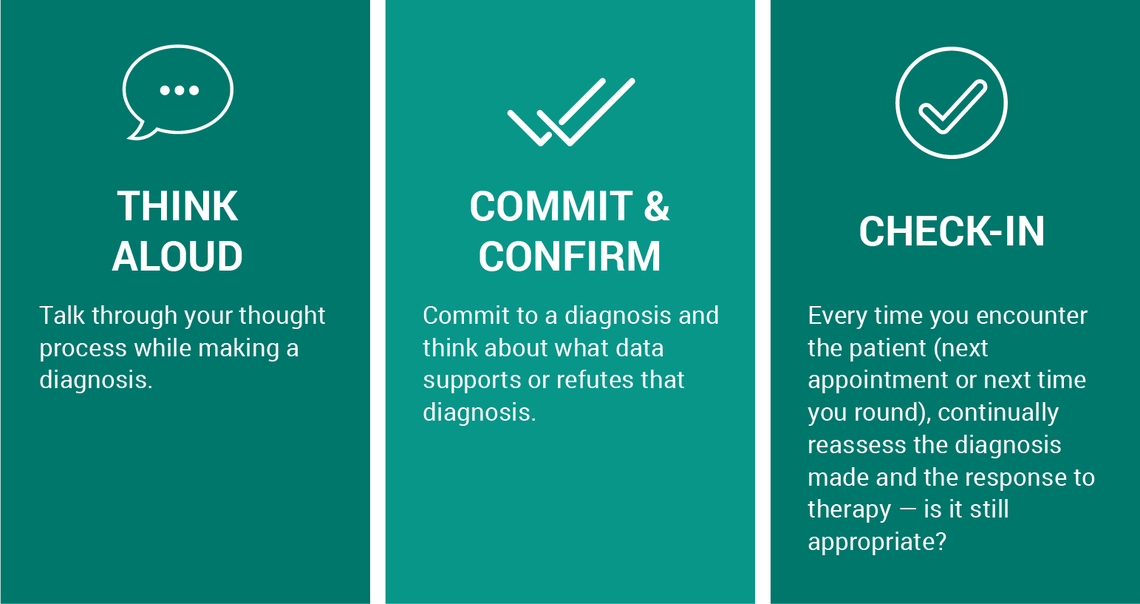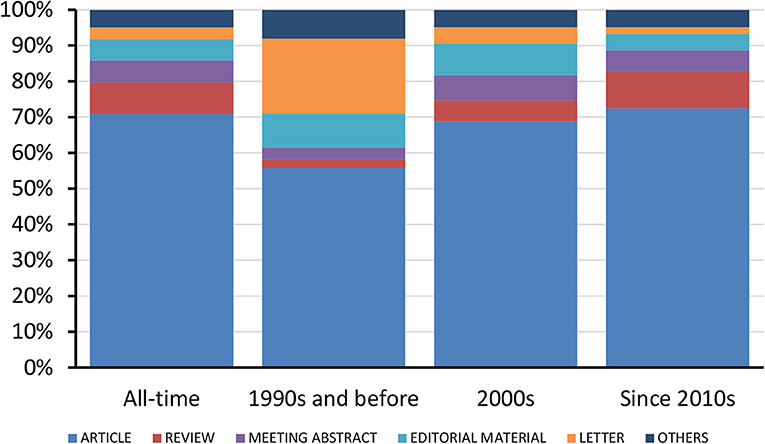

Breast cancer screeningĪccording to the World Health Organization (WHO), breast cancer is the most common oncology disease among women, that leads to around 627,000 deaths annually.

Below, we’ll explore the most promising use cases of AI in healthcare and give examples of ML-driven solutions, commercially available in North America (FDA-cleared), Europe (CE-marked), or both. Today, most deep learning algorithms augment the diagnostic workflow, but by no means replace human specialists. In the US alone, 60 billion radiology images are generated annually - not to mention other data.
#Another word for diagnostic errors drivers
There are several drivers that push forward the use of deep learning in radiology and other diagnostic practices: “What you see is that is used to support the doctors or do a pre-selection and prioritize cases if there are many patients in the queue,” describes the actual situation Erwin Bretscher, a healthcare consultant at Conclusion, who among other things, advises businesses on artificial intelligence. However, it’s no less obvious that machines still can’t replace live experts.

It comes as no surprise as diagnostic imaging prevails in clinical diagnosis and image recognition is a natural fit for deep learning algorithms. “ People should stop training radiologists right now,” he announced, “ It’s obvious that within five years deep learning is going to do better than humans.”įour years later, deep learning remains the most promising and widely used ML technique for radiology in particular and disease detection in general. In 2016, Geoffrey Hinton, a notable computer scientist often referred to as the “Godfather of Deep Learning, ”, pre d icted that radiologists - specialists who diagnose diseases from medical imaging like X-rays, computed tomography (CT) scans, and magnetic resonance imaging (MRI) - would soon lose their jobs. AI in disease detection: the current state of things This article highlights the most successful examples of machine learning applications in diagnosis, accentuates its potential, and outlines current limitations. There is hope that artificial intelligence (AI) and machine learning (ML) can change this unsettling situation for the better. In real life, symptoms are often tricky to spot even by the best experts, while diagnostic mistakes are acknowledged as the most frequent and harmful medical errors, with between 12 to 18 million Americans facing some type of misdiagnosis each year.
#Another word for diagnostic errors tv
House, the most brilliant diagnostician of all time, who, alas, existed on TV screens only.


 0 kommentar(er)
0 kommentar(er)
